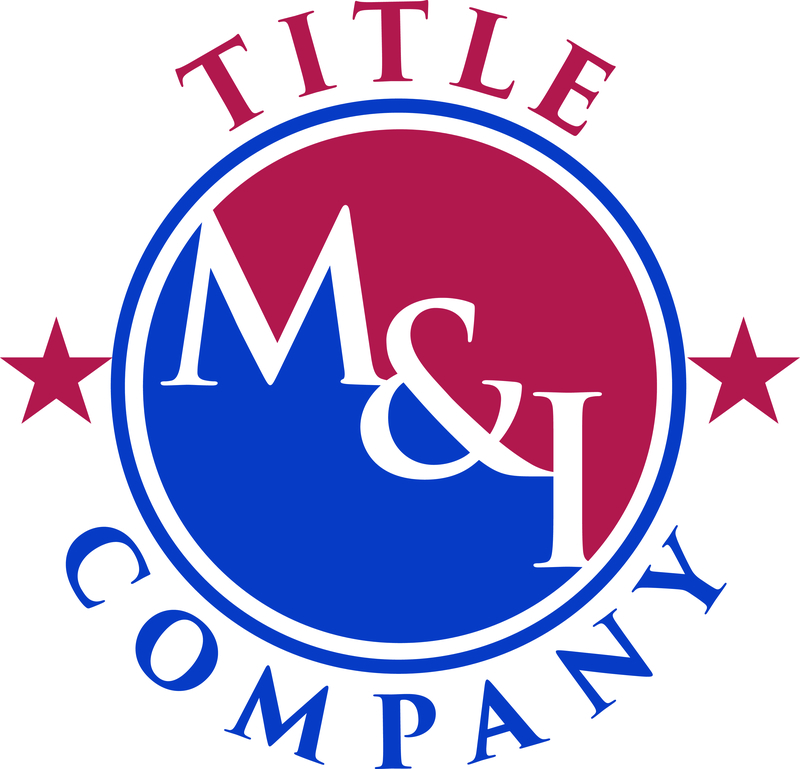
We fix sick homes. Every day, people with asthma, allergies, sinus problems – and a plethora of other sometimes seemingly unrelated maladies – suspect something in their home might be at the root of their woes and call upon us to do the sleuth work. More often than not, when we find a mold problem and it gets corrected, people begin to see improvements in their health and quality of life, sometimes dramatic improvements.
I’m writing this article because I am constantly faced with this preconception that getting rid of mold somehow involves killing it first, as if you have to sneak up behind it and snuff it out before it knows you’re there. Yes, this stuff can be dangerous, but not like that.
You see, most homeowners and contractors feel that if you kill mold, by spraying or fogging some EPA-registered chemical, that you’re going to make the job easier or more effective. Nothing could be further from the truth.
The purpose of mold remediation, as described in the IICRC S520 Mold Remediation Standard, is to restore an affected property to a “normal” condition. Here’s what’s involved. It’s really simple.
- Fix the water problem.
- Isolate the work area.
- Remove affected materials that cannot be cleaned, such as wallboard, insulation, ceiling tiles, carpet, carpet padding and other porous items.
- Clean the remaining surfaces that can be cleaned such as wood, glass, metal, plastic, concrete, tile, etc., using HEPA vacuums and good, old-fashioned, elbow grease. Chemicals need not be involved.
- Scrub the air with HEPA filters.
- Verify microscopically that the air and surfaces no longer contain abnormal levels of fungal material.
Mold remediation isn’t about killing mold, it’s about removing it and fixing the water problem. Even if you “kill it,” dead mold is still allergenic and potentially toxic, according to the EPA. Leaving behind dead mold doesn’t do you any good. In fact, all you’re doing when you use a biocide is adding another toxin, an additional step and more cost. It’s not a shortcut, it’s a boondoggle.
Are we trying to make the house healthier or sicker? Many of the products sold as biocides/antimicrobials/fungicides are more dangerous than the mold and its byproducts. Do you really want to trade one toxin for another?
The funny thing about biocides is that many of them are water-based, and the active ingredient evaporates relatively quickly. Bleach for example, is 3% sodium hypochlorite and 97% water. When you use bleach during mold remediation, the sodium hypochlorite dissipates rapidly, leaving behind what? Water! Congratulations, you’ve just added water to a water problem. Spores will settle on the dampness you leave behind, eat the dead mold you didn’t remove, and grow right back again. Nice, eh?
Not only are you adding an additional, unnecessary toxin to your home or workplace, you may also be stimulating the mold to produce more of the very thing most people worry most about when they have a mold problem: mycotoxins. Mycotoxins are the toxins some molds produce from time to time. There is strong evidence that chronic exposure to mycotoxins is less than ideal for human health. Research has also shown that mycotoxin production can actually be stimulated by fungicides.
There are a few circumstances when biocides are prudent and should be considered, like when bacteria is a concern, such as after sewage spills or certain kinds of floods, and in certain circumstance involving individuals with compromised immune systems. Other than that, the vast majority of mold remediation cases should be free of chemicals and killing agents.
We as a society have already done immense damage to ourselves and to the environment with our obsessive use of antibiotics, antimicrobials, herbicides, pesticides and other poisons. In addition to the damage it can do to us as individuals when misused (which is almost always the case), these compounds are also creating new microbes that are resistant to the very poisons we lavish upon them, making stronger heartier foes in the microscopic world. Is this really what we want?
Finally, there’s a constant desire by contractors and homeowners to apply antimicrobial paints and finishes to surfaces during remediation. This is another unnecessary and wasteful step. Most of the antimicrobial value of these paints dissipates in a matter of months, leaving behind nutrition to support fungal growth if the right amount of moisture is present. In all cases, the mold won’t return without moisture. So adding a coating isn’t necessary if it’s dry. If it’s wet, the mold will return no matter how much antimicrobial paint you apply.
At the end of the day, there’s only one truly effective antifungal. It works every time with no adverse reactions, and it never dissipates. It’s called anti-dihydrogen monoxide, or anti-DHMO. To understand it, you must first understand its opposite. DHMO is a very simple compound, comprised of two hydrogen atoms and one oxygen atom. It’s otherwise called H2O or, by us laypeople, water.
In other words, keep things clean and dry, and you don’t need chemicals, and you won’t need to hire us. But if you do find yourself trying to make sense of what steps to take next when you think – or know – you have a mold problem, we’re here to help.
About the Author:
Jason Earle is the founder and CEO of Mycelium Holdings LLC, the parent company of 1-800-GOT-MOLD?. A childhood burdened by allergies and asthma, caused by a moldy home environment, led him into the health home business in 2002. With his four-legged partner, Oreo, the Northeast’s first certified Mold Dog, Jason has helped hundreds of families regain control of their most valued assets; their health and home, allowing them to breathe freely and easily again, something all too easily taken for granted.Phone: 1-800-468-6653
Email: inquiries@1800gotmold.com
Website: www.1800gotmold.com



Leave a Reply
You must be logged in to post a comment.